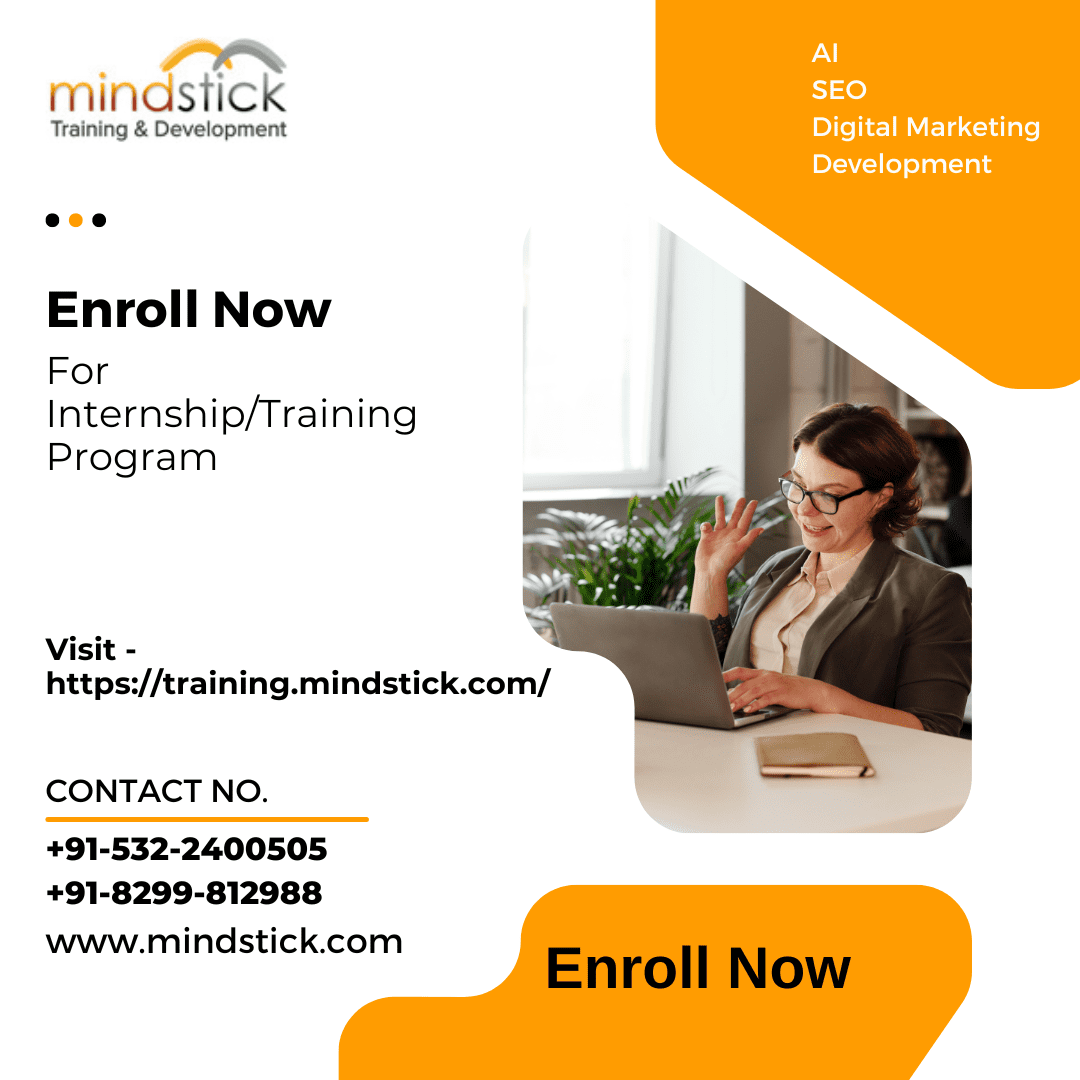The shift toward distributed work has fundamentally changed how product managers build their careers. 91% of employees worldwide prefer to work fully or almost completely remotely. The traditional playbook for product management advancement no longer applies.
Working from home means you can't rely on hallway conversations or impromptu whiteboard sessions to drive product decisions. Instead, you need a completely different approach that thrives in asynchronous environments. The most successful product managers today aren't just adapting to remote work—they're mastering remote product management skills that set them apart from the competition and accelerate their career growth.
1. Master Asynchronous Product Discovery and Validation
Remote product work demands a fundamentally different approach to understanding your users and validating ideas. You can't simply walk over to your research team or schedule an impromptu user interview.
The growing demand for these specialized skills has created incredible opportunities in remote product manager jobs across industries. Companies are actively seeking professionals who can excel in distributed environments, making this the perfect time to develop these capabilities.
Build Continuous Research Workflows
Creating time-zone-independent research processes becomes your competitive advantage. Set up automated feedback collection systems that gather user insights while you sleep. Design self-service customer insight platforms where stakeholders can access research findings anytime.
This approach ensures your product decisions aren't delayed by scheduling conflicts or geographic boundaries. You'll find that asynchronous research often produces higher-quality insights because users have time to provide thoughtful responses.
Implement Data-Driven Remote Validation
Strategies for remote teams require robust validation frameworks that work across time zones. Establish remote A/B testing protocols that your global team can monitor and analyze independently. Create automated reporting systems that surface product performance metrics without requiring live meetings.
These systems become the foundation for confident product decisions in distributed environments.
2. Develop Advanced Remote Team Leadership Capabilities
Strong leadership skills separate good remote product managers from exceptional ones. Without physical presence, you must develop new ways to influence and inspire your teams.
Cultivate Distributed Team Dynamics
Building psychological safety across time zones requires intentional effort. Create accountability systems that don't rely on micromanagement but instead foster trust and ownership. Learn to manage cross-functional remote teams without traditional authority structures.
Remote team leadership succeeds when you focus on outcomes rather than activities. Your team members need clear expectations and the autonomy to achieve them in their way.
Perfect Virtual Influence and Persuasion
Master video-first communication strategies that create genuine connections. Develop storytelling skills specifically for remote presentations where you can't read body language as easily. Build executive presence in virtual settings through confident communication and strategic thinking.
These skills become even more valuable as remote work continues to dominate the business landscape.
3. Engineer Seamless Cross-Functional Collaboration Systems
Successful remote product management depends on creating systems that eliminate friction between teams and stakeholders.
Design Communication Frameworks for Remote Teams
Establish structured communication protocols for different stakeholder groups. Create decision-making processes that work for distributed teams without endless email chains. Build escalation pathways for remote conflict resolution that maintain relationships.
Effective communication in remote work environments requires more structure than traditional office settings. Your communication framework becomes the backbone of product success.
Create Visibility and Transparency Mechanisms
Develop real-time project tracking systems that keep everyone informed. Build stakeholder dashboards that provide remote visibility into product progress. Establish regular communication cadences that work across multiple time zones.
Transparency becomes even more critical when team members can't see each other's daily work.
4. Build Strategic Roadmapping for Distributed Organizations
Remote roadmapping requires different techniques from traditional in-person planning sessions.
Develop Remote-First Roadmap Strategies
Create collaborative roadmapping processes designed for virtual teams. Build consensus across distributed stakeholders through structured online workshops. Implement agile planning methodologies that accommodate different working schedules and time zones.
Your roadmap becomes the north star that keeps distributed teams aligned on product direction.
Master Virtual Prioritization Techniques
Learn to facilitate remote prioritization workshops that engage all participants. Use digital tools for stakeholder input and ranking exercises. Create objective scoring systems for distributed decision-making that remove bias and politics.
These techniques ensure your product priorities reflect genuine business value rather than whoever speaks loudest.
5. Leverage Advanced Remote Product Management Tools and Technologies
The right technology stack amplifies your effectiveness as a remote product manager exponentially.
Implement Cutting-Edge Collaboration Platforms
Integrate AI-powered project management tools that streamline workflows. Use advanced analytics platforms for remote team insights and performance tracking. Implement automated workflow management systems that reduce manual coordination overhead.
Technology becomes your force multiplier in remote environments where manual processes break down.
Create Digital-First Product Development Processes
Build virtual prototyping and testing environments that enable rapid iteration. Use cloud-based development and deployment pipelines for seamless collaboration. Implement remote user experience testing tools that provide rich behavioral insights.
These digital-first processes often outperform traditional in-person methods for speed and quality.
6. Create Visibility and Transparency Mechanisms
In remote product management, visibility isn't optional—it’s essential. Without physical cues or spontaneous updates, distributed teams need systems that keep everyone aligned and informed at all times.
Start by implementing real-time tracking tools that display project status, ownership, and blockers across teams. These platforms act as shared sources of truth, reducing the need for constant check-ins or clarification. Dashboards tailored to different stakeholders—whether executives or engineers—should present relevant progress metrics and key product milestones in an easily digestible format.
FAQs
What are the 7 steps of product management?
The system can be broken down into seven concrete parts. They are, in the order of how well we utilize these steps, idea management, specifications, roadmapping, prioritization, delivery, analytics and experiments, customer feedback, and continuous iteration based on market needs.
What are product management strategies?
A product strategy is about defining high-level goals at the product level throughout the product lifecycle. Product strategy should also signal support for organizational goals and methods for identifying target users and their value through structured delivery on a roadmap.
What are the top 3 skills for a product manager?
The top three skills are strategy and big picture thinking, product sense/empathy for users, and structured problem-solving with solid analytical and communication skills.
Your Path Forward in Remote Product Management
Building and evolving a career in product management today takes a mastery of these seven strategic elements. The professionals who take the time to build remote-specific skills today will be the ones leading some of the most innovative and successful product teams tomorrow.
As a technology industry, we are entering an era of perpetually distributed work. Adapting to the wide range of remote models we have now means we must be flexible, and that means it is no longer a choice—it has become a necessity.
These strategies will provide you with no fewer than the basic skills, tools, and knowledge to successfully navigate remote environments. They also provide a stage for lasting, place-independent success.
The future will be about product managers finding ways to work, build, and experiment with anyone, anywhere, at any time. These strategies are more than about not failing in remote work—they are a further commitment to exploration, and these strategies firmly put it on the map for the entire profession.




Leave Comment